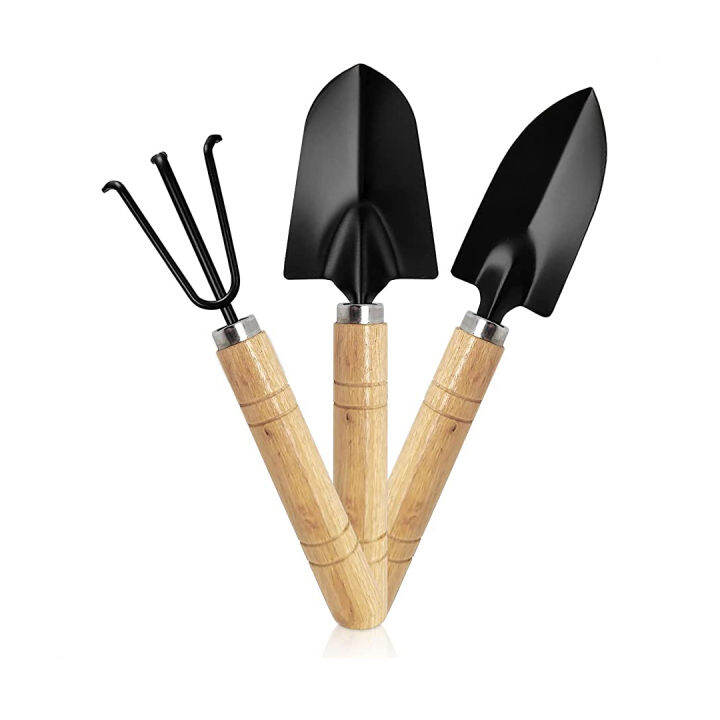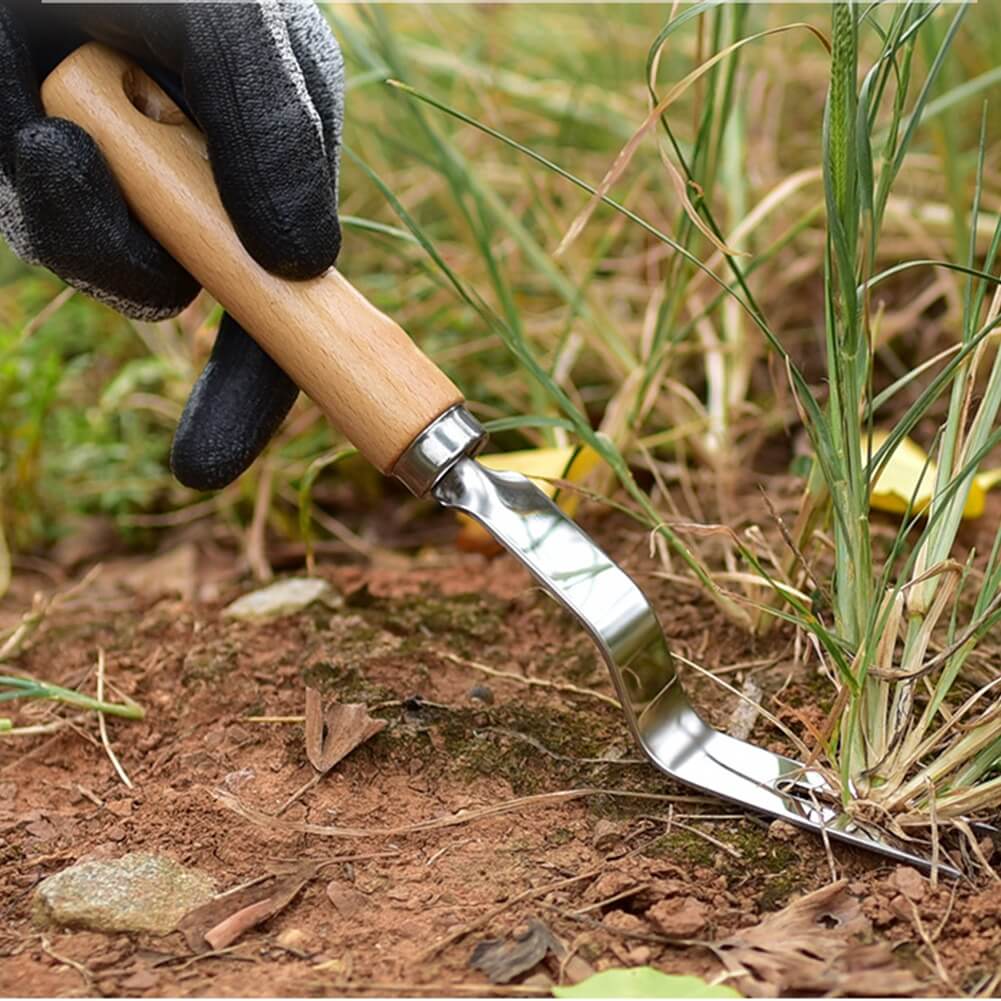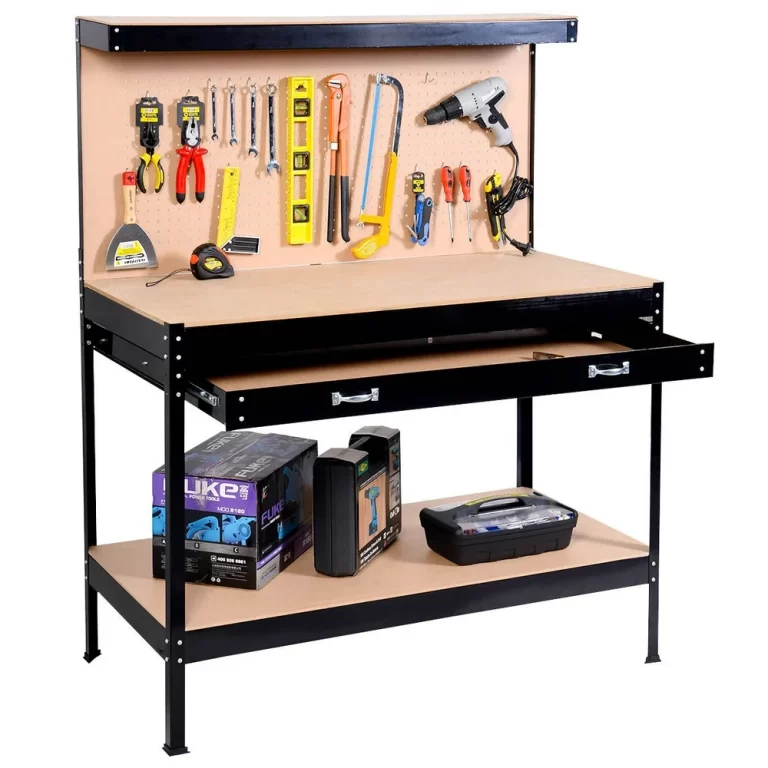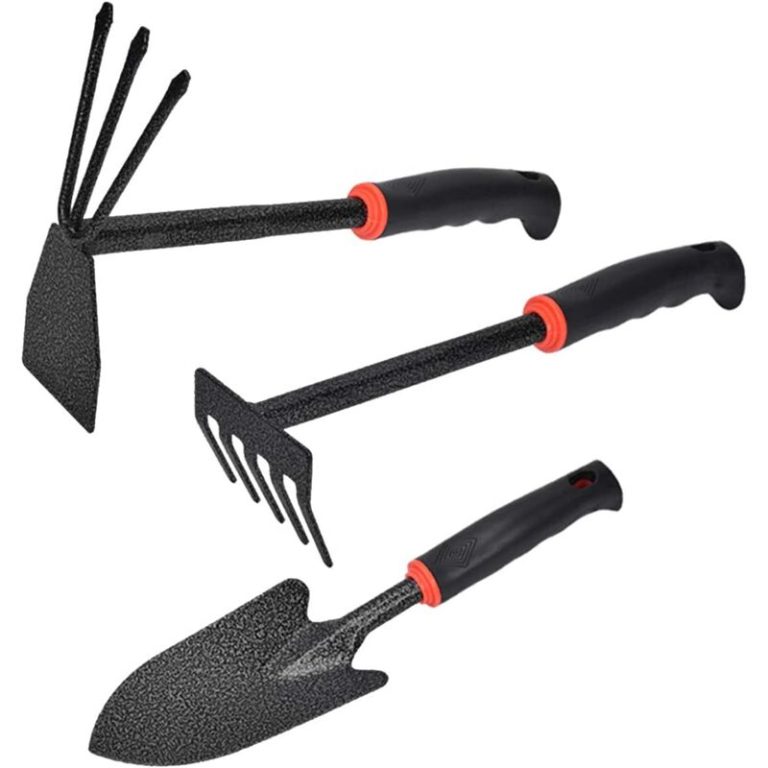
How to Rust Removal from Tools: Removing Rust from Tools
Introduction to Tool Rust Removal
Rust removal from tools is a task many homeowners and professionals face. Tools are prone to rust due to metal’s natural tendency to oxidize in the presence of moisture and oxygen. Rust on tools is not just unsightly; it compromises their performance and longevity. A proactive approach to rust removal can restore tools to their former glory, enhance functionality, and extend their lifespan.
Recognizing the signs of rust early is key to effective maintenance. It can start as a small discoloration or a rough spot on the surface. Over time, an untreated rust spot can grow, causing more damage. Dealing with rust promptly stops the deterioration and prevents potential tool failure during critical tasks.
Adopting a systematic approach for rust removal from tools is essential. This guide will walk you through the reasons tools rust, how to prevent it, and how to safely remove rust. Knowing the right materials and steps is crucial for DIY rust removal. Do it right, and you’ll protect your investment and ensure your tools remain reliable for years to come. Let’s dive into the world of tool rust removal and reclaim your tools from the grips of corrosion.
Reasons Tools Rust and How to Prevent It
Understanding why tools rust is crucial for prevention. Rust forms when metal meets moisture and oxygen, triggering a chemical reaction. Various factors can speed up this process. These include high humidity, salt exposure, especially in coastal areas, and corrosive chemicals. Even finger marks contain salts and oils that can encourage rust on frequently handled tools.
Here are strategies to prevent rust:
- Keep Tools Dry: Wipe down tools after use to remove moisture. Store them in a dry place, ideally with low humidity.
- Use Protective Coatings: Apply a thin film of oil or a silicone-based spray to tools. This creates a barrier against moisture.
- Tool Maintenance: Regularly inspect and clean your tools. This helps to spot and address early signs of rust.
- Proper Storage: Use toolboxes with protective liners to prevent scratches that can lead to rust. Desiccants in toolboxes can absorb excess moisture.
- Reduce Exposure: Limit tools’ exposure to corrosive substances. When using chemicals, clean tools thoroughly afterwards.
By applying these preventive measures, you’ll keep your tools in prime condition and extend their usability.

Safety Precautions for Removing Rust from Tools
Before you embark on rust removal, it’s crucial to ensure your safety. Tools with rust can have sharp edges, and chemicals used in rust removal can be harmful. Stay protected by following these safety measures:
- Wear Protective Gear: Always wear gloves to protect your hands from cuts and chemical burns. Safety goggles shield your eyes from rust particles and chemicals.
- Work in a Ventilated Area: If using chemical rust removers, ensure good ventilation to avoid inhaling fumes. Outdoor spaces or well-ventilated workshops are ideal.
- Read Labels: Before using any chemical product, read its label carefully. Follow the instructions to prevent improper use that could cause harm.
- Handle Tools Carefully: Rusty tools can break easily. Handle them gently to prevent accidents.
- Secure Loose Rust: When scrubbing or sanding, rust particles can become airborne. Dampen the rusted area slightly to keep loose particles in place.
- Dispose of Chemicals Properly: Ensure you dispose of used chemicals and rust residues correctly, as per local regulations.
Taking these precautions ensures a safer rust removal process and protects your health and the environment.
Materials Needed for Rust Removal
Before starting the rust removal process, gather all necessary materials. Having everything on hand simplifies the task. Here’s the list you’ll need for successful rust removal from tools:
- Protective Gear: Safety gloves and goggles are a must to shield yourself from sharp edges and chemicals.
- Cleaning Cloths: Soft cloths or rags help in applying lubricants and wiping off loose rust.
- Wire Brush: A sturdy wire brush scrubs away surface rust.
- Sandpaper: Different grits of sandpaper smooth the tool surface after removing rust.
- Chemical Rust Remover: Select a chemical rust remover formulated for the type of tools you’re treating.
- White Vinegar: For a natural approach, white vinegar is effective against rust.
- Baking Soda: Mixed with water, baking soda makes a paste that lifts rust when applied.
- Lubricant: WD-40 or a similar product frees up any moving parts and provides a protective coating afterward.
- Rust Inhibitor: To prevent future rust, use rust inhibitors on cleaned tools.
These items create the foundation for successful rust removal. Assemble them before you begin, and you’ll be well-prepared for the task ahead.

Step-by-Step Guide to Removing Rust
Rust removal from tools can be simple with the right approach. Follow these steps to get your tools rust-free and back in action. Quick action is crucial to halt the spread of rust. Delay can lead to deeper corrosion and tool damage. Ready your materials and choose a method that suits your situation. Let’s break down the rust removal process.
Mechanical Methods for Rust Removal
Start with mechanical methods for less severe rust. A wire brush is your go-to tool for this task. Gently scrub the rust off the tool’s surface. Use sandpaper to smooth out any rough spots. Work your way up from coarse to fine grits for a smooth finish. For tight spaces, steel wool is a handy alternative. Remember to wear your gloves and goggles.
Chemical Methods for Rust Removal
For tougher jobs, chemicals can help. Apply a chemical rust remover to the affected area. Follow the product’s instructions carefully. Often, you’ll need to leave it on for a period to work. After that, wipe away the residue with a rag. On more delicate tools, use a cotton swab to apply the remover. Rinse the tool with clean water to remove any chemical traces. Dry it thoroughly when done.
Natural/Home Remedies for Rust Removal
Natural remedies are safer and eco-friendly. White vinegar is a popular choice. Soak the tool in vinegar for a few hours. This loosens the rust for easier scrubbing. Baking soda mixed with water forms a paste. Apply it to rust spots and wait for it to set. Scrub it off with a brush and rinse the tool clean. Lemon juice and salt can also work. Sprinkle salt on the rust, then squeeze lemon juice over it. Let it sit and scrub it off afterwards.
Finishing Up: Protecting Your Tools After Rust Removal
After removing rust, protecting your tools is critical to prevent future corrosion. Here’s how to keep your tools in great shape:
- Apply Rust Inhibitor: Use a quality rust inhibitor to create a protective barrier against moisture and oxygen.
- Store Tools Correctly: Place tools in a dry, controlled environment. Include silica gel packets in toolboxes to absorb moisture.
- Regular Lubrication: Keep moving parts lubricated with WD-40 or an equivalent. This helps prevent rust and ensures smooth operation.
- Perform Regular Inspections: Check tools often for any signs of rust or damage. Early detection means easier maintenance.
- Keep Tools Clean: After each use, clean your tools to remove debris and moisture. A clean tool is less likely to rust.
By following these steps, you’ll extend the life of your tools and maintain their reliability. A little effort can save time and money in the long run. Keep this routine, and your tools will stay in top condition, ready for your next project.

When to Call a Professional: Limits of DIY Rust Removal
Despite your best efforts, there are times when DIY rust removal from tools might not cut it. Here, professional intervention is often the best course of action. Understanding the limits of at-home rust removal can save your tools—and potentially, a lot of frustration.
- Severe Rust Damage: If rust has deeply penetrated your tool, causing significant structural damage, a professional has the expertise to restore, or responsibly dispose of, the tool.
- Valuable or Antique Tools: High-value or heirloom tools require delicate care. Professionals use methods that preserve the tool’s integrity, value, and appearance.
- Specialized Tools: Some tools have complex designs not suited to standard rust removal techniques. A professional can tackle these challenges appropriately.
- Safety Concerns: If rust removal poses a risk due to sharp edges or heavy corrosion, it’s safer to leave the task to someone with the right tools and protective equipment.
- Time Constraints: If you’re short on time, a professional can accomplish the task more efficiently, freeing you up for other important work.
Calling in the pros might seem like an investment, but it often pays off. They can often save tools that seem beyond repair and help prevent future rust. Most importantly, they do it safely, ensuring your well-being and that of your tools. It’s important to recognize when to step back and trust experts to handle the job.
Conclusion and Maintenance Tips
Wrapping up our guide on rust removal from tools, maintenance is the cornerstone of tool upkeep. Consistency in care can prevent rust from reoccurring. To keep your tools in pristine condition, stick to a routine that involves short, manageable tasks after every use. Here are some final maintenance tips to ensure the longevity of your tools:
- Inspect Regularly: Quickly check tools for signs of wear or rust.
- Clean Often: After each use, clean your tools to stop rust before it starts.
- Dry Thoroughly: Ensure all tools are completely dry before storing.
- Oil Moving Parts: Apply lubricant to joints and moving parts to ward off rust.
- Store Smart: Use toolboxes with moisture-absorbing packs to keep a rust-free environment.
Remember, the fight against rust is ongoing. Invest small amounts of time after each use for cleaning and inspecting your tools. This habit not only maintains tool quality but also spares you from extensive rust removal efforts in the future. Implement these simple but effective maintenance tips, and your tools will serve you well for years to come. Stay proactive and your toolkit will be ready whenever you need it, free from the blight of rust.

